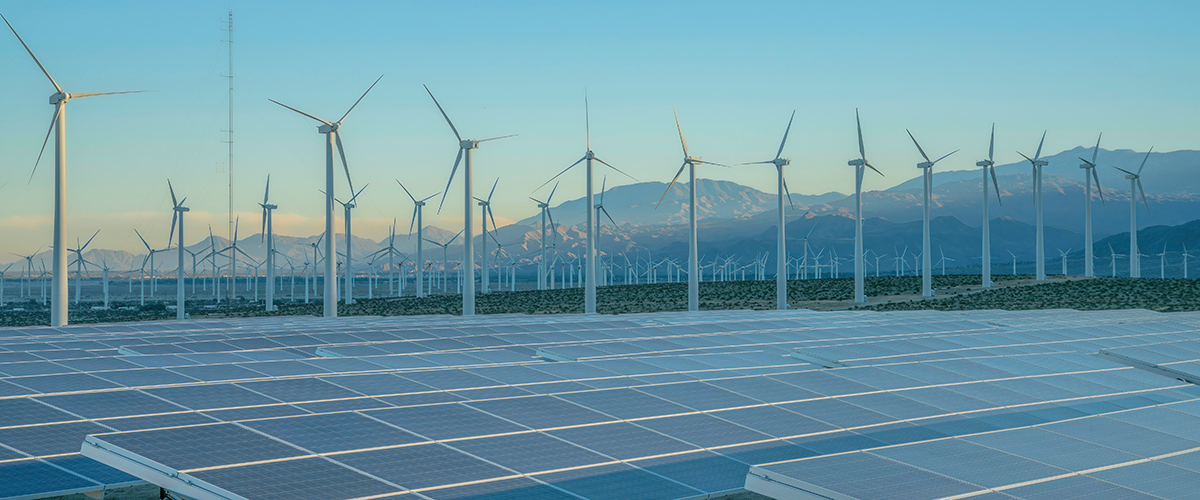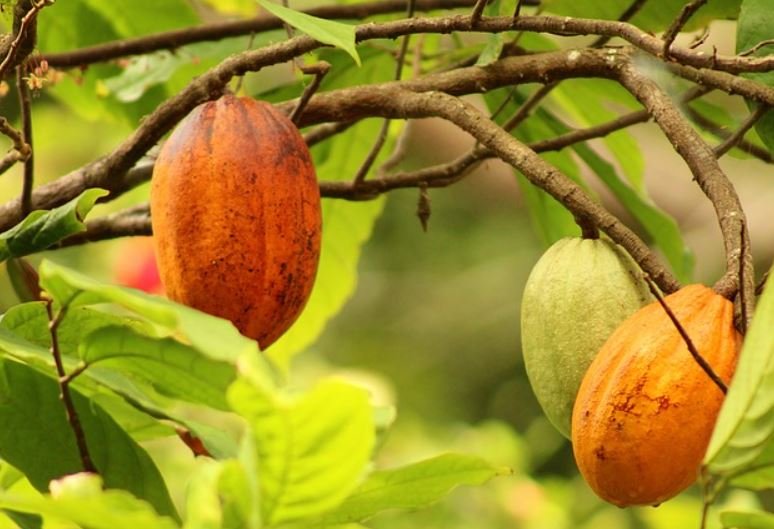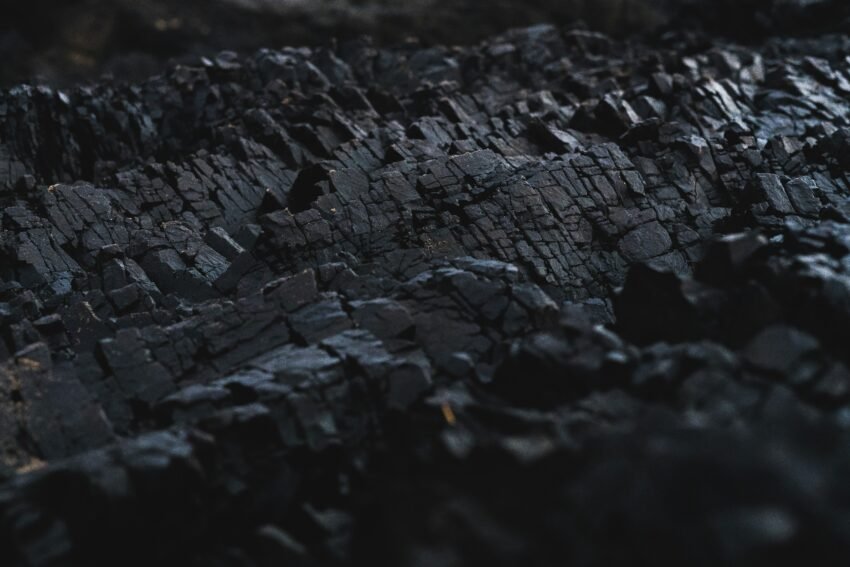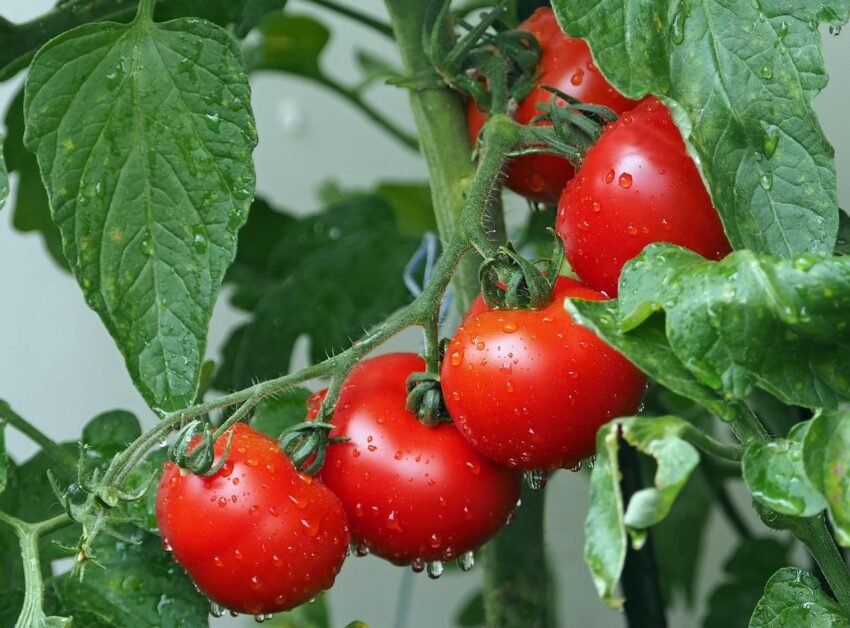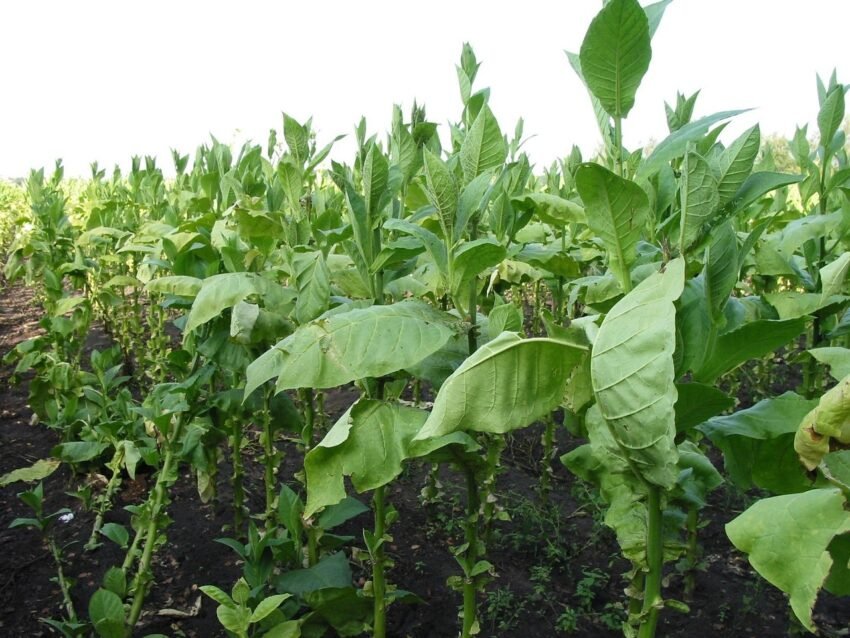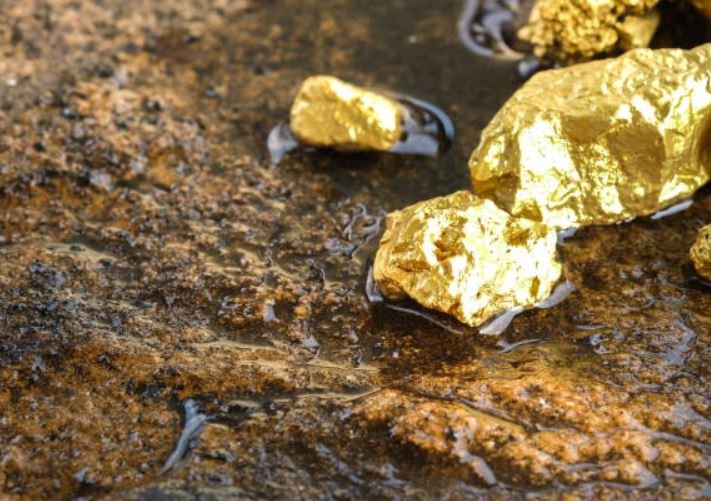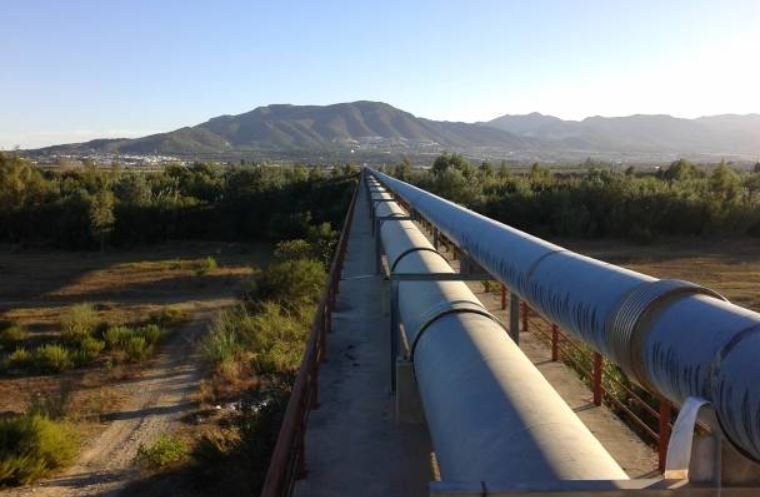Namibia is rich in natural resources despite its dry climate in southern Africa. Its valuable minerals include diamonds, uranium, copper, zinc, and gold. Diamonds contribute about 70% of its mineral exports. The Sperrgebiet region is a major diamond mining area, while the Rossing Mine in the Namib Desert is one of the world’s largest uranium…
Category: Africa Natural Resources
Seychelles’s Natural Resources: Locations, Discoveries, Viability, Export Potential, And Economic Impact
Seychelles is the only place on Earth where mid-ocean islands are entirely granite and over 200 million years old. The islands have the rare coco de mer palm, which produces the world’s largest seed, weighing up to 33 pounds. The country’s marine biodiversity includes over 1,000 fish species, with tuna fishing making up 22% of…
São Tomé And Príncipe’s Natural Resources: Locations, Discoveries, Viability, Export Potential, And Economic Impact
São Tomé and Príncipe has one of Africa’s most diverse ecosystems, with over 30% of its land protected. Natural resources drive both the economy and biodiversity. While deforestation threatens its rainforests, they are home to unique species and support cocoa and coffee agroforestry. The area’s hydropower potential is strong, with projects like Dona Eugenia targeting…
Mozambique’s Natural Resources: Locations, Discoveries, Viability, Export Potential, And Economic Impact
Mozambique has the world’s largest tantalite reserves and ranks 12th in proven natural gas deposits, with about 100 trillion cubic feet located in the Rovuma Basin. The country also has major coal deposits, hydropower from the Cahora Bassa Dam, and untapped oil potential. Key metals include iron ore and titanium, alongside agricultural exports like sugar…
Mauritius’s Natural Resources: Locations, Discoveries, Viability, Export Potential, And Economic Impact
Mauritius, a volcanic island in the Indian Ocean, has limited natural resources but uses them efficiently to support its economy. Arable land makes up about 39% of the island, mostly used for sugarcane, which takes up 70% of cultivated land. Forests cover around 20% of the Earth and help with soil and water conservation, though…
Morocco’s Natural Resources: Locations, Discoveries, Viability, Export Potential, And Economic Impact
Morocco has abundant natural resources that are essential to its economy. Phosphates are the most important, accounting for around 75% of the world’s reserves, mainly in Western Sahara. The country also has minerals like lead, zinc, copper, iron ore, and manganese, found mostly in the Atlas Mountains. Agriculture is essential too, with Morocco producing cereals,…
Malawi’s Natural Resources: Locations, Discoveries, Viability, Export Potential, And Economic Impact
Malawi is home to Africa’s third-largest freshwater lake, Lake Malawi, which covers 20% of the country and supports hundreds of unique fish species. The country’s natural resources include forests (36% land coverage), fertile agricultural land, minerals like uranium, bauxite, gemstones, and diverse wildlife. Agriculture drives the economy, with exports such as tobacco, tea, sugar, and…
Zimbabwe’s Natural Resources: Locations, Discoveries, Viability, Export Potential, And Economic Impact
Zimbabwe’s population is approximately 16.67 million as of 2024, growing steadily at about 2% per year. The country is rich in natural resources with over 40 minerals, including gold, platinum group metals (PGMs), diamonds, coal, and lithium. It has the world’s second-largest platinum reserves, around 2.8 billion ounces of PGMs, along with significant chromium deposits…
The Republic Of Congo’s Natural Resources: Locations, Discoveries, Viability, Export Potential, And Economic Impact
The Republic of Congo, or Congo-Brazzaville, located in west-central Africa, covers 342,000 square kilometers with plenty of natural resources that support its economy. Oil is the main resource, accounting for about 90% of exports. Key offshore sites like Moho-Bilondo and Likoula help Congo rank seventh in oil production in Africa. Over 60% of the country…
Tunisia’s Natural Resources: Locations, Discoveries, Viability, Export Potential, And Economic Impact
Tunisia has various natural resources, including phosphates, crude oil, natural gas, water, and farmland. Phosphate mining is mainly in Gafsa. It used to be a key part of the economy, but output has dropped due to social unrest. Oil reserves are around 400 million barrels. One of the main fields is Sidi el Kilani in…
